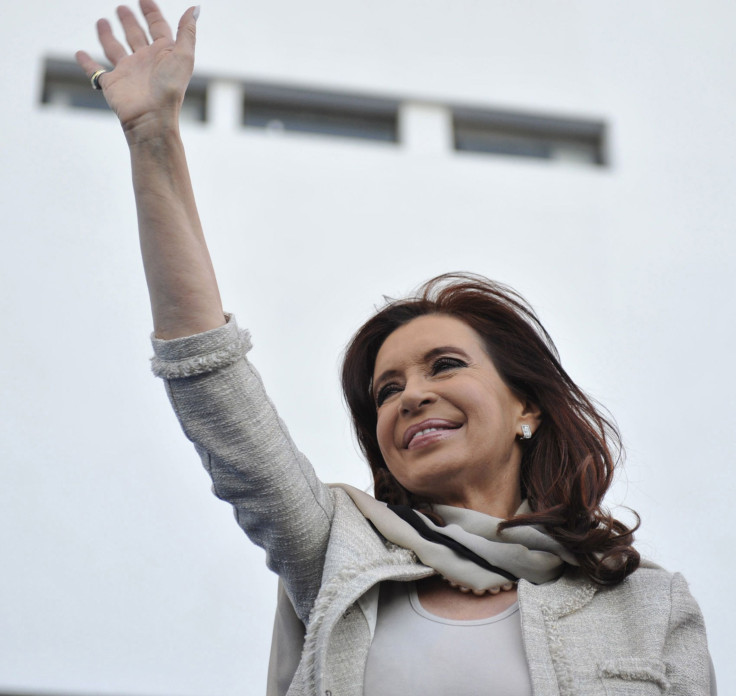Argentina’s Official 2013 Trade Stats Are Way Off, Say Analysts

Argentina has a long history of financial crises. Its current government has gotten its fair share of criticism for its economic policies , and now the nation’s latest trade data has economists scratching their heads and wondering just how the country's number crunchers can keep a straight face.
Government trade figures from the country's official statistics agency tout a $9 billion 2013 trade surplus, but analysts are challenging that claim after comparing it to customs data. Some observers believe the government is misrepresenting the country’s trade balance by about as much as its reported trade surplus.
Trade surpluses boost the value of a country’s currency and depict robust industrial activity.
President Cristina Fernández de Kirchner's administration has been criticized for years for flubbing economic figures on inflation and economic growth as an attempt to portray the overall economy as healthier than regional and independent estimates suggest.
Last year, Argentina became the first country ever to be censured by the International Monetary Fund for failing to provide accurate data. The government recently responded by implementing a new consumer price index that provides inflationary data that's more in line with independent estimates, and it said recent annual inflation topped 30 percent.
Buenos Aires-based economist Nicolas Dujovne in November examined Argentine central bank data and found a $7.8 billion discrepancy between its calculations and the ICA’s. The two institutions typically offer different numbers because they use separate methodologies, but Dujovne considered the 2013 discrepancy unusually large. In 2012, the difference was just $440 million.
© Copyright IBTimes 2025. All rights reserved.






















